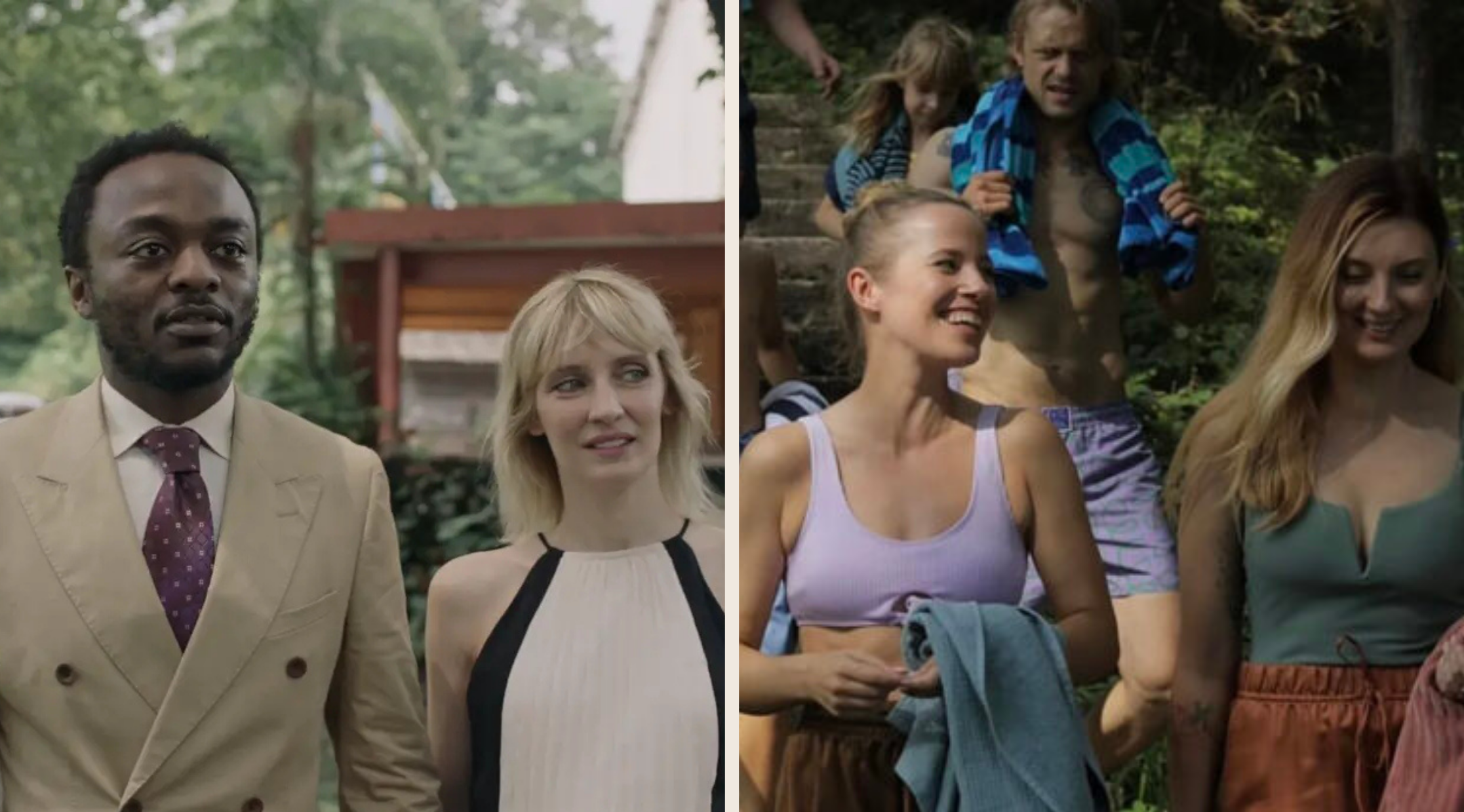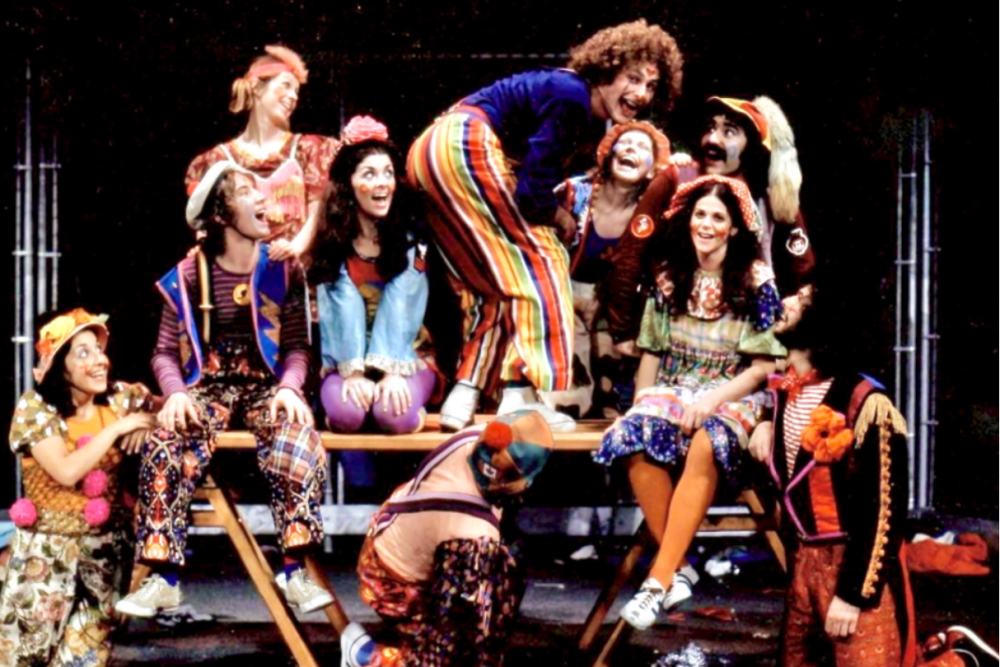Film review: Werner Herzog: Radical Dreamer collects the bizarre and revealing moments of an unorthodox career
A-list interviewees, rapturous film clips, and reflections from an auteur who’s travelled from Peruvian jungles to Antarctic snowscapes
Werner Herzog: Radical Dreamer screens at VIFF Centre from January 19 to 25
IF YOU KNOW who Werner Herzog is, you know that he not only captures unbelievable things on film, but unbelievable things happen to him.
By now, the moments are legendary—but it’s rare, and impressive, to see them all collected in one place.
Think Klaus Kinski screaming, swearing, and threatening to punch the director out on several different film sets. An air-rifle pellet ripping into Herzog’s stomach while he’s doing a TV interview (and Herzog refusing to get medical attention, of course). The director wading up to his waist in mud shooting Fitzcarraldo in the Peruvian jungle. And the filmmaker seasoning and stirring his own boots in an infamous cooking stunt.
Similarly, the iconic moments of his films gather in a rapturous pastiche. Kinski’s Nosferatu sinking his fangs into a pale neck. Wrath of Aguirre’s soldiers zigzagging up a jungle cliff into the clouds. And Herzog listening to the horrific end of his main subject, over headphones, in Grizzly Man. We also see and hear about that time Herzog insisted on fastening a fire-ant nest to an upside-down Christian Bale’s head for the interrogation scene in Rescue Dawn. (“It permanently damaged me,” the actor says with a shrug.)
What director Thomas von Steinaecker emphasizes in this hugely enjoyable documentary is that truth and fiction interweave for the complicated auteur—a man obsessed with dreams who doesn’t dream; an artist focused on memory who considers memory wholly unreliable. As a director, he’s played between reality and unreality since his earliest films. In one standout sequence, he reflects on sending two graceful speed skaters gliding by Buddhist monks prostrating themselves on the ice of a frozen lake—interfering with “truth” to turn a documentary sequence into something hallucinatory.
As so many of the A-list interviewees here point out— Wim Wenders, Nicole Kidman, Chloé Zhao, Joshua Oppenheimer, Robert Pattinson, and more—Herzog can make the mundane magical, surreal, and cosmic.
By now the filmmaker, not to mention his unmistakable accent, has reached pop-culture status. The Mandalorian and Simpsons cameos get shoutouts here—and Herzog is unabashedly proud of them, too.
What’s most revealing in this brisk and jam-packed portrait are the scenes returning to his childhood home, where he grew up with a single mother and brothers in the foothills of the Tyrolean mountains, refugees from a bombed-out Munich. “It was anarchy—in the best way,” he says of growing up without his father around. That freedom amid nature clearly stayed with him, as did the memory of hunger, and his mother’s distress, when they were rationed a loaf of bread per week during the war.
Along the way, Radical Dreamer serves as a full chronicle of his undefinable, insanely vast body of work, from the unsettling horror-comedy Even Dwarfs Started Small to his seminal years as part of New German Cinema, and from the hellfires of his post-Gulf War documentary Lessons of Darkness to the Nicolas Cage-tastic Bad Lieutenant: Port of Call New Orleans. The final section joins him in his adopted home of sunny L.A., where he’s a legit celebrity, feeling rejuvenated—and curiously at home.
Radical Dreamer ends up being a fascinating look at a man committed to his own impulses and ideas—and unusually attuned to the existential mysteries of the universe. There seems no better symbol of this true outlier than another famous scene from his films that appears here: a lone penguin, breaking away from his waddle, headed hellbent and alone for the endless peaks of the Transantarctic Range, and into the unknown.













